How can I see more than just Twitter data? | Audiense
This is the second part of a two part series in which we tackle the question, and its iterations, that we see all too often when users approach Audiense and other social data analytic platforms: how can I see more than just Twitter data?
Social Intelligence expert, Dr Jillian Ney, examines the position of social data, it’s reliability, it’s difficulties and restrictions, and the role that Twitter plays which sets it apart from other platforms such as Facebook and Instagram. Her words serve as the theory and context to what we’re about to understand in practice in today’s piece. You can read Ney’s words here.
At Audiense, our main data source is Twitter which we enrich with other social data. For those who don’t know, Twitter has a business unit (data.twitter.com), which sells Twitter Data, allowing us (and other companies) to gather billions of data points to provide reliable and actionable insights. Whereas, other social media platforms, like Instagram, are restricted in providing the same level of data.
We choose to be transparent with our data sources. But there are many social media analytics platforms that will profess they have a level of data that you are looking for, yet often not everything will be as it seems. In some cases, they will be supplementing their insights with Twitter data, but still tell you that it’s completely accurate Facebook data. Or perhaps, they say it’s Instagram data, but it will be inferred upon scraped data, meaning that a small percent is being used to draw large conclusions. In worst cases, they might be levying data illegally, which could have repercussions for you. For these reasons, we often advise digging deeply into the data sources of an analytics platform that you are considering.
When considering what capabilities are needed to perform your job, we like to break it down into these 4 areas.
- Social Analytics: how are my partners and my brand performing? Is their engagement rate high or low?
- Social Listening: what is being said about your brand, your partners and competitors? Is it aligned with your company values?
- Audience Intelligence: Who makes up the segments in the market, and what are they like? Are they part of my target audience? How do I engage with them?
- Combination: Why things happened in the way they happened? Can you discover or predict new triggers for growth?
For example, we use Facebook’s Advertising API to understand aggregated SocioEconomic insights for specific segments by matching over-indexing demographics and interests between Twitter and Facebook. Given the open source that Twitter is, any posts shared across Twitter, including if they’re originally from external sources such as Facebook, Instagram, LinkedIn, news sites and even TikTok, become viewable and searchable, allowing us to see into real-world, multi-channel, sharing behaviours. Thanks to the ability of benchmarking any audience and segment with other segments within a particular context, we can provide criteria for targeted ad campaigns across platforms, we can recommend influencers and content creators for specific channels such as Instagram, or YouTube, and we can suggest the social media platform that an audience is more likely to be using, and to therefore tailor a campaign towards. The content tab shows us the external content being shared and engaged with across Twitter (and can be refreshed at any time to see what is new).
With the basic knowledge now covered, let us show you how you can use Audiense in a wise way to make the most out of our data, and how it can be used across other platforms.
We can identify audiences that are likely to be users on particular platforms other than Twitter. As an example, you want to identify a platform heavy audience. In the Insights report criteria, you could include bio-keywords such as: insta, instagram, sc, twitch, etc.. Realistically, when using bio-keywords everyone can say similar things in different ways, and you need to be able to work in that mindset. Alternatively, you could use the conversation creation method, and use keywords, hashtags, URLs, such as: instagram.com. You’ll notice when a post is shared on Twitter from Instagram, it will carry the URL, so these are both easy ways to tap into this audience. Apply this to other scenarios, e.g. tiktok.com. You can read an in-depth example of how to engage with Instagrammers in this report.
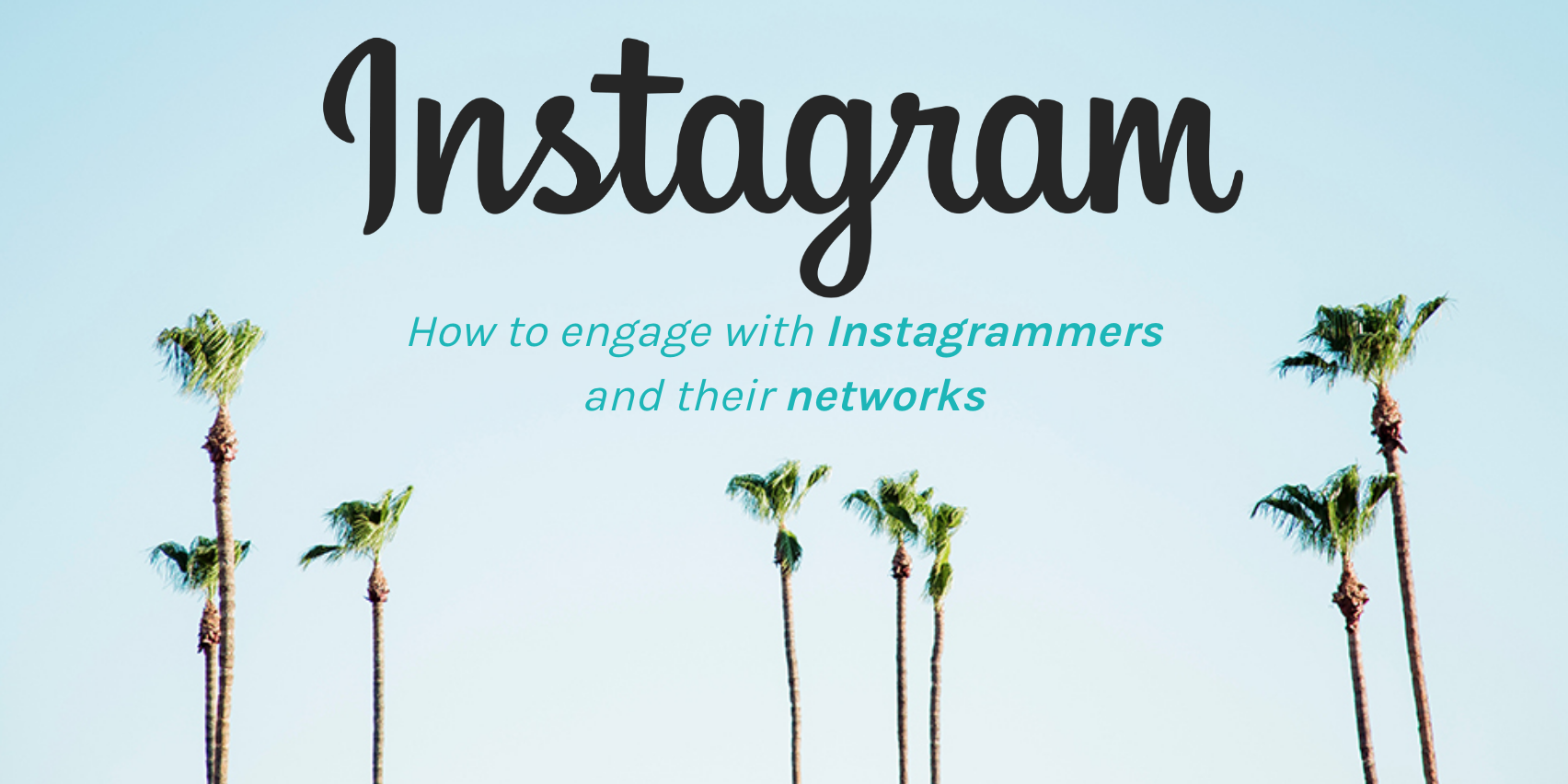
Another report creation method is through an uploaded file of audience handles. This could be based on a list you have put together yourself, such as a Twitter list, or it could be an export from a social listening platform. If you are using social listening to take a conversation-driven approach, looking at what people are saying, going in depth with queries and pulling data from multiple sources including websites, forums, and other online platforms, you will ultimately be left with a lot of noise. To help make sense of this, you can take the export of the users’ handles, and upload it directly to Audiense and launch an Insights report. We will provide you with the audience data, the communities they are part of, the people influencing them, the content and outlets they engage with, the platforms they prefer, and everything that is available with an insights report. The only difference is that you will have started with a more complex conversation query that we complement with our Audiense platform.
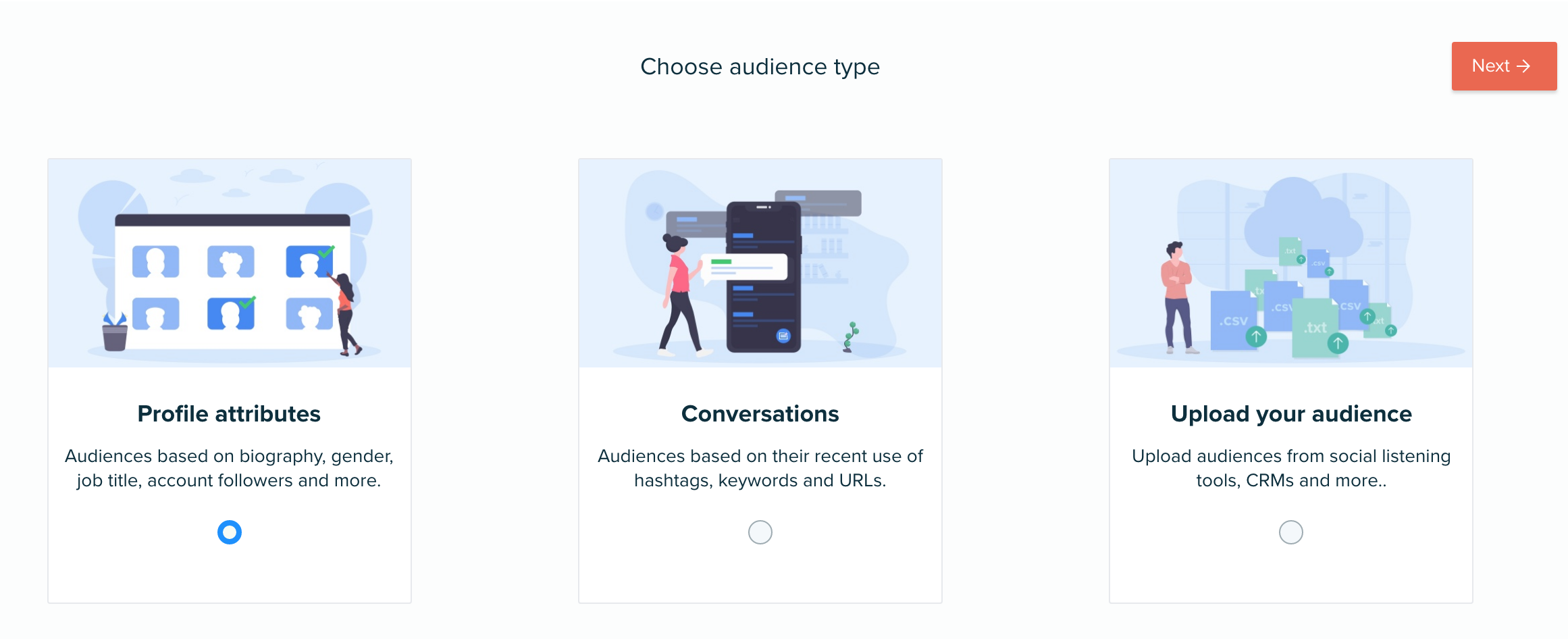
We can take audiences built in our Connect platform, or identified in Insights, then directly push them into your Twitter Ads platform. You can target the exact users you see in front of you. Full access to Audiense provides you with the option to download a media targeting pack for your audiences in Insights. This uses the accurate data to infer that, based on what we have found, we would recommend the input criteria provided as a means to target a close match or lookalike audience on platforms such as Facebook, Instagram, Youtube, and Google/DSPs. We’ve seen some amazing results with our targeting packs, as we head into a cookie-less, and potentially more restricted, world, this method will be incredibly useful.
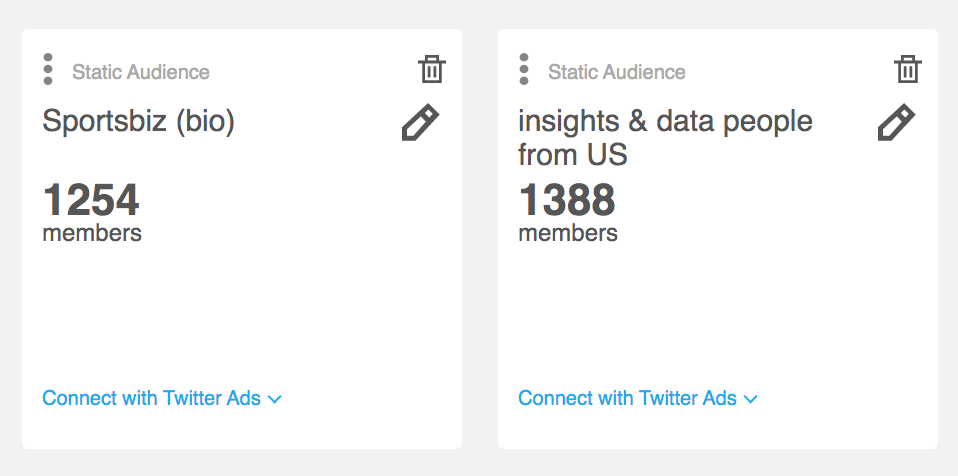
We can identify influencers more easily with our updated category of filters. You can isolate a list of content creators for certain platforms, or influencers within particular industry categories. This level of filtering and selection is as simple as a few clicks, so definitely worth checking out. (Free users, you can play with this in the demo reports on your dashboard!) If you’re looking for an alternative form of contact, other than DMs, filter the influencers’ bios for email addresses, using search terms such as: .com .co.uk @ Use the filters to create your influencer partnership list! Some of our customers go an extra step and use tools like hunter.io to find their emails.
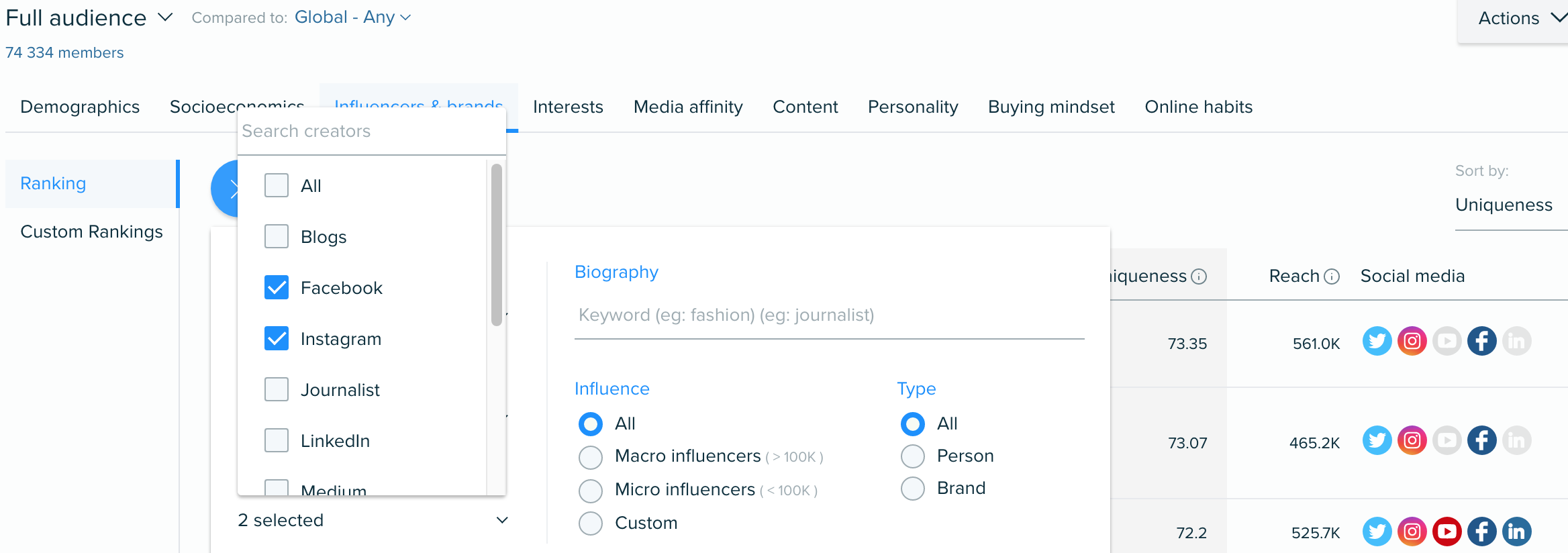
‘My brand only has a Facebook page, we don’t use Twitter, does that mean we can’t use Audiense?’ Audiense definitely can be used! Just because you don’t use Twitter, doesn’t mean your audience isn’t using Twitter. Consider your competitors, niche media, or events, if they have a Twitter audience, this is an incredibly easy and perfect way in. Likeliness is that their audience behaves in a similar way to yours, so you can gather insights and details from them. They probably overlap with your audience, so you could take a relevant segment or more from your competitor and target ads to their audience - either through Twitter, or using the targeting pack to reach them on other platforms. The insights gathered from a report on your competitors can provide you with an audience persona to inform your strategy. For example, identify top characteristics, such as bio-keywords, to create a lookalike audience and consequently reach a new relevant audience.
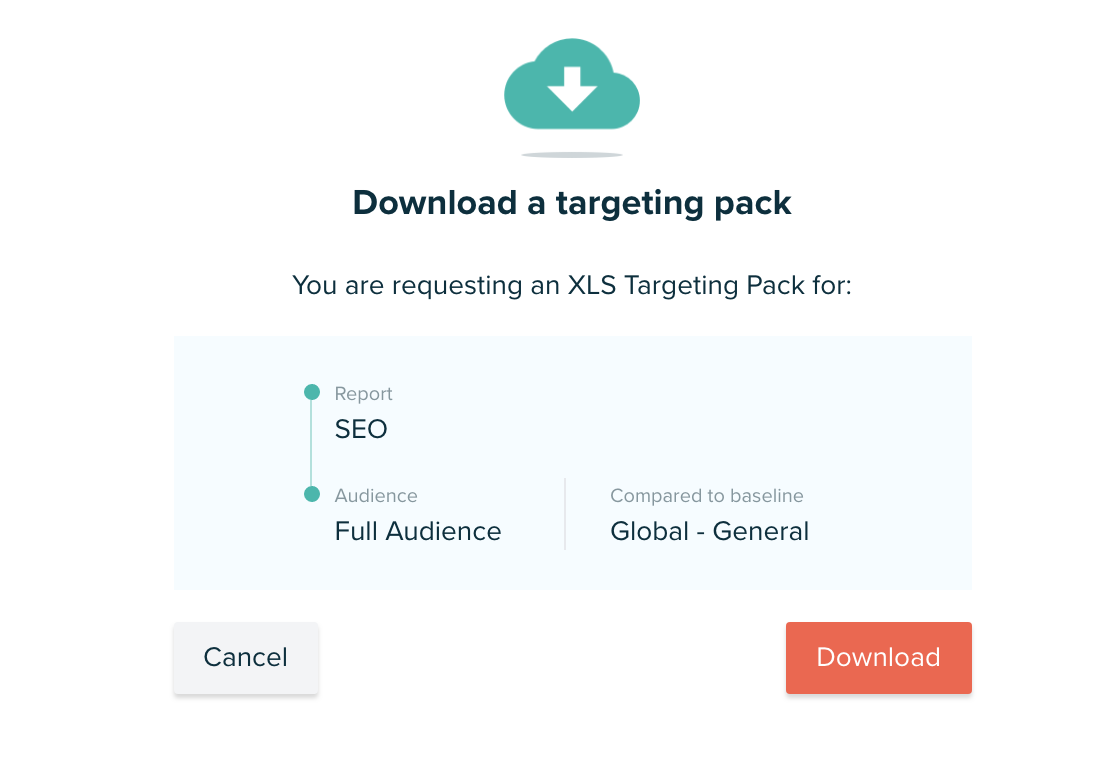
At the end of the day, there are restrictions to public data, and the importance of compliance with privacy regulations is key to ensuring that we can continue to use what is legally available. We are constantly working to enrich our data where possible, whilst retaining a high standard of accuracy, and actionability within Twitter and beyond. Considering the limitations that other platforms have, we are very proud of our capabilities, and the results prove themselves.
%20(1).png?width=1051&name=image%20(3)%20(1).png)






